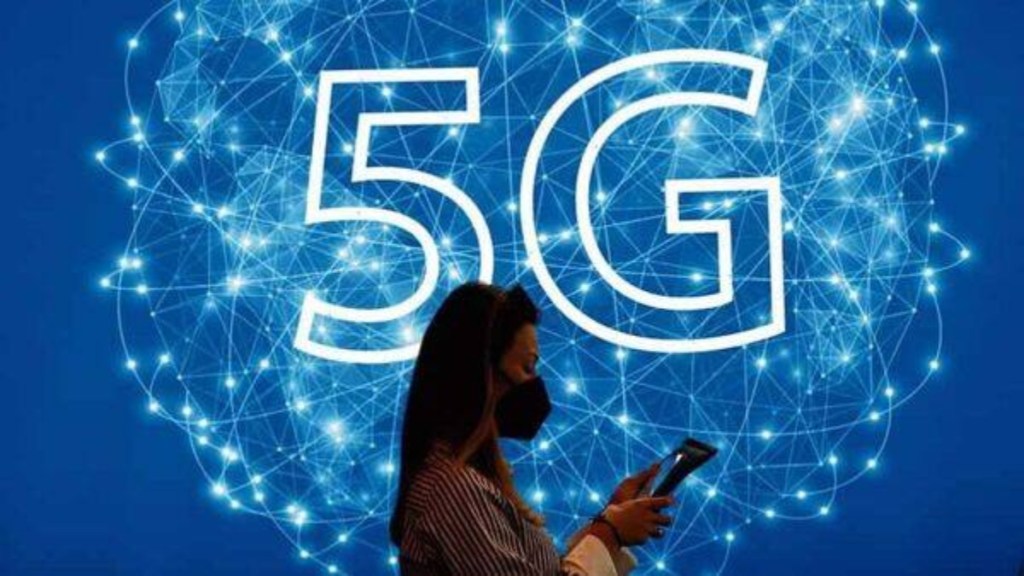The number of 5G subscribers in India is expected to touch 130 million by the end of 2023, compared to the 10 million recorded at the close of 2022, according to the Ericsson Mobility Report for November 2023.
Fast-growing 5G network across cities, affordable service plans, and the growing availability of 5G smartphones has increased 5G penetration in the country, the report said.
According to telecom operators Jio and Airtel, the number of 5G users crossed the 125-million mark last month. With this, India now ranks among the top three 5G-enabled nations. The services are available in more than 8,000 towns and 20,000 villages at present, with over 385,000 5G base transceiver stations.
The report has projected 5G to account for 68% of all mobile subscriptions in India in the next five years, thereby making it the fastest-growing nation in 5G adoption.
At present, the Indian market is dominated by 4G subscriptions, and the number is expected to have touched 870 million, up from 820 million, at the end of 2022. Ericsson, however, expects the 4G user number to decline to 390 million by 2029, as subscribers migrate to 5G. The total number of mobile subscriptions is anticipated to surge to 1.2 billion during the same period.
Further, smartphone penetration is also expected to boost 5G uptake. Smartphone subscriptions in India as a percentage of total mobile subscriptions are expected to grow from 82% in 2023 to 93% in 2029.
In the absence of meaningful use cases of 5G for which telecom operators can charge consumers, 5G fixed wireless access (FWA) is seen as the only solution for telcos to recoup some of their investments. Telcos recently rolled out the FWA solution, which is capable of providing fibre-like speeds at homes or offices, as AirFiber.
“Within a year of launching 5G, telcos have also introduced 5G fixed wireless access services, which are seen as a significant revenue opportunity in the country,” Ericsson said.
The report said the number of FWA connections worldwide is expected to increase to 330 million by 2029 from 130 million at the end of 2023.
“Our global deployment experience and technology leadership has enabled us to support India in its 5G journey,” said Nitin Bansal, head of Ericsson India and head of network solutions for Southeast Asia, Oceania and India, for Ericsson.
In India, the average data traffic per smartphone is the highest globally. It is projected to grow from 31 GB per month in 2023 to around 75 GB per month in 2029 — a CAGR (compound annual growth rate) of 16%.
Globally, Ericsson estimates that almost one in five of all mobile subscriptions will be 5G. Global 5G subscriptions are expected to top 5.3 billion by the end of 2029, up from 1.6 billion at present, Ericsson said.
“With more than 600 million 5G subscriptions added globally this year, and rising in every region, it is evident that the demand for high performance connectivity is strong,” said Fredrik Jejdling, executive vice president and head of networks at Ericsson. “The rollout of 5G continues and we see an increasing number of 5G standalone networks being deployed, bringing opportunities to support new and more demanding applications for both consumers and enterprises,” he said.


